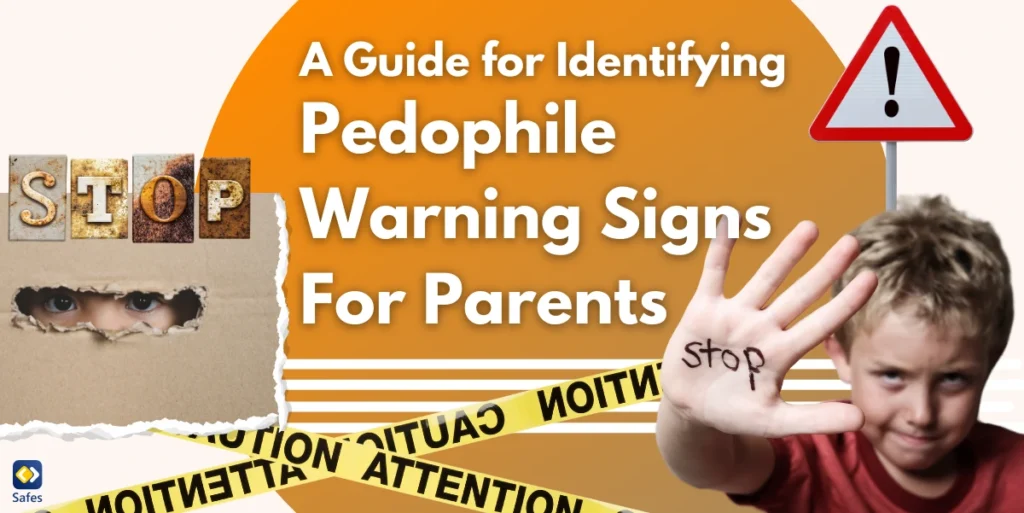Bullying in schools is a serious issue that has a significant impact on the lives of students, teachers, and the school community as a whole. It is essential for teachers and school administrators to be aware of the different forms of bullying and to understand the impact it can have on students. This article will provide an overview of the issue and explore some effective strategies that will teach you how to stop bullying at schools.
Download and Start Your Free Trial of the Safes Parental Control App
Understanding the Different Forms of Bullying in Schools
Bullying can take many forms, including physical, verbal, social, and cyberbullying. Physical bullying includes hitting, kicking, or pushing another person. Verbal bullying involves name-calling, teasing, or making hurtful comments. Social bullying is when a person is excluded from activities or when someone spreads rumors about them. Cyberbullying is when someone is harassed, intimidated, or embarrassed online or through text messages.
The Impact of Bullying on Students and the School Community
Bullying can have a significant and lasting impact on the lives of students who are being targeted. It can have a negative effect on the academic performance of these students, resulting in lower grades, difficulty concentrating, and absences from school. Bullying can also have a damaging effect on mental and emotional health, leading to anxiety, depression, and in some cases, thoughts of suicide.
The emotional and physical toll of bullying can cause students to feel isolated and unwelcome in their school environment. This can lead to lower self-esteem, a decrease in overall school morale, and a reduced sense of community well-being. It is essential for teachers and school administrators to be aware of the serious and long-lasting effects of bullying and to take steps to prevent it.

How to Prevent Bullying in Schools
Teachers and school administrators need to take action to address and stop bullying in schools. Here are some ways to prevent bullying that can be implemented:
Educating Students, Teachers, and Parents About Bullying
Everyone in the school community needs to be educated about bullying and its consequences. Schools should provide resources for students, teachers, and parents to better understand the issue and how to identify and address it.

Encouraging Students to Speak Up and Seek Help
Creating a safe and supportive school environment for all students is essential for preventing and stopping bullying. Schools should create an environment where students feel comfortable speaking up and seeking help if they are being bullied. This includes providing resources for students to access if they are feeling unsafe or need help.
It is also important for teachers, school administrators, and parents to be aware of the signs of bullying and to take appropriate action when it is identified. Schools should provide opportunities for students to share their experiences and concerns and to seek help if they are feeling unsafe. Schools should also encourage students to speak up and reach out to others if they are being bullied or are witnessing bullying.
Creating a Positive School Culture and Environment
Schools should strive to create a positive school culture and environment where bullying is not tolerated. This includes promoting respect and kindness and encouraging students to support one another.
Schools should also encourage students to support one another and to stand up for their peers if they witness bullying. This can help create a sense of unity and community within the school and can make it easier for students to speak up if they are being bullied.
Schools should also provide opportunities for students to participate in activities where they can develop social skills, build relationships, and learn to work together. These activities can help foster a sense of belonging and make students feel more connected to their school and community.
Conclusion
Bullying in schools is a serious issue that can have significant negative impacts on students, teachers, and the school community. How schools handle bullying is of utmost importance. It is essential for teachers and school administrators to understand the different forms of bullying and to take action to address and stop it. By implementing school-wide policies and procedures, educating students, teachers, and parents, encouraging students to speak up and seek help, and creating a positive school culture and environment, schools can take steps to prevent bullying and ensure a safe and supportive school environment for all.
Your Child’s Online Safety Starts Here
Every parent today needs a solution to manage screen time and keep their child safe online.
Without the right tools, digital risks and excessive screen time can impact children's well-being. Safes helps parents set healthy boundaries, monitor activity, and protect kids from online dangers—all with an easy-to-use app.
Take control of your child’s digital world. Learn more about Safes or download the app to start your free trial today!




